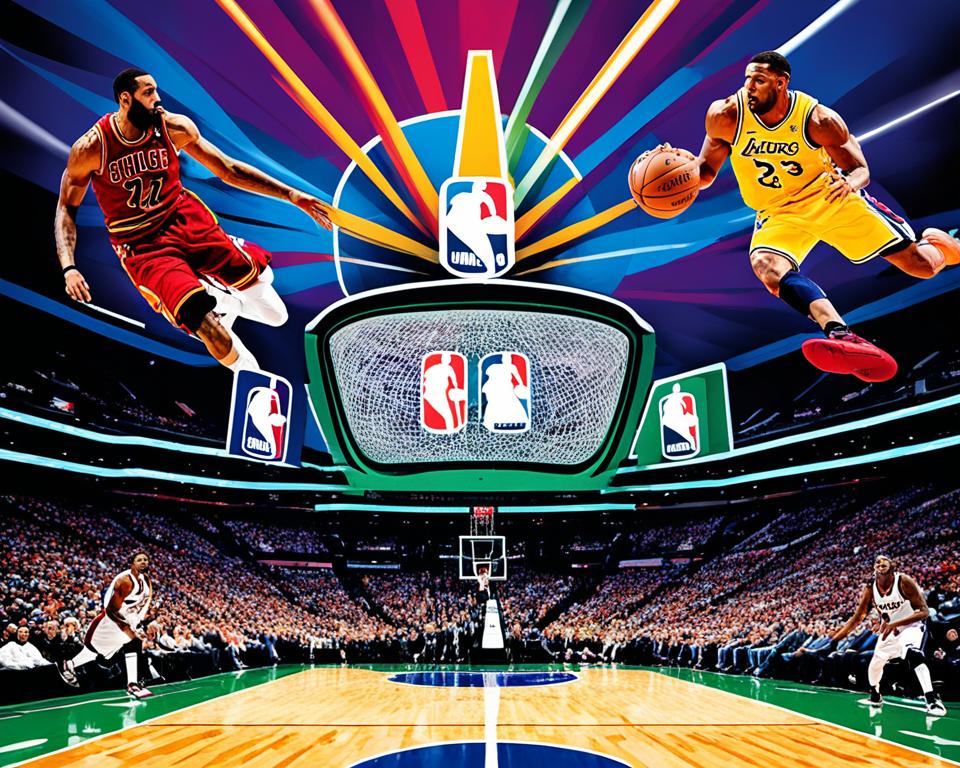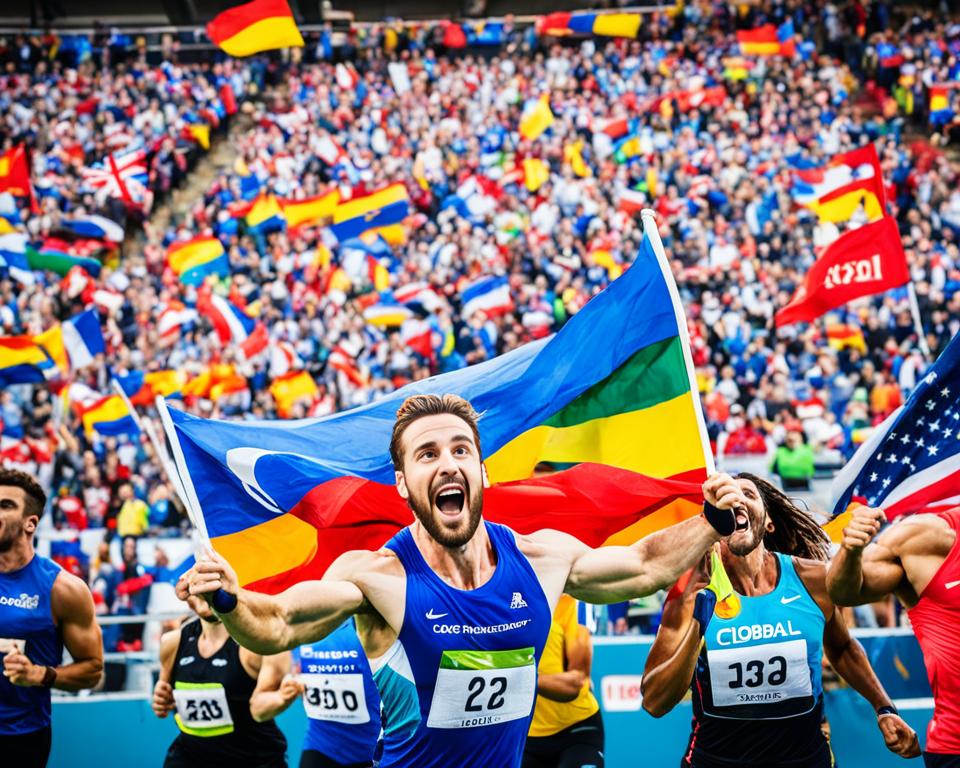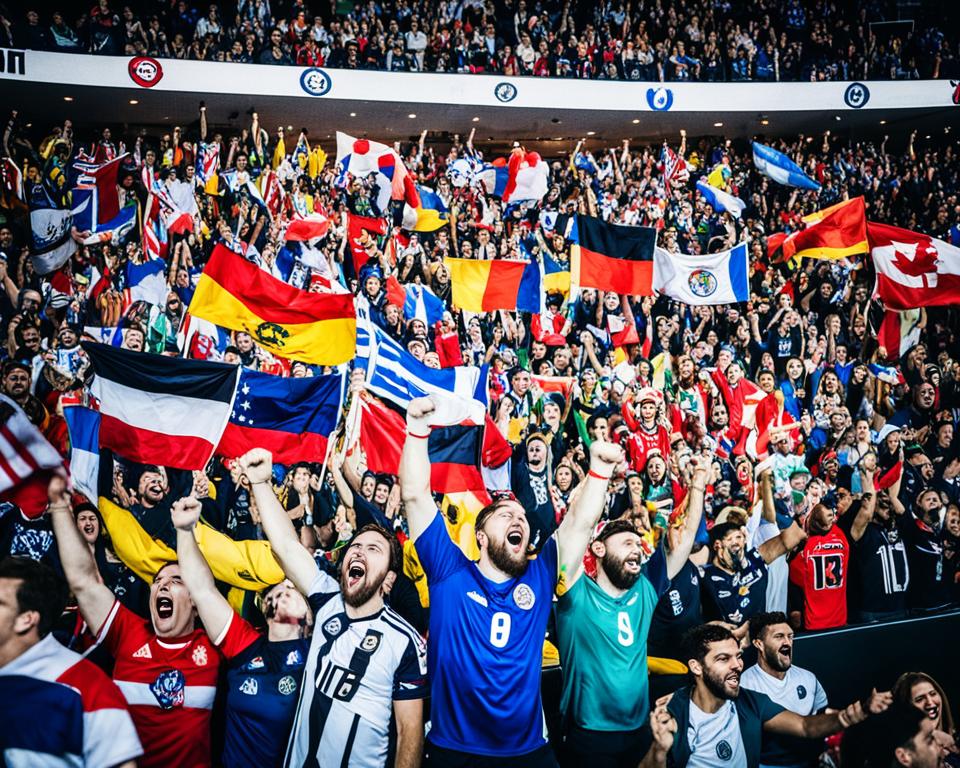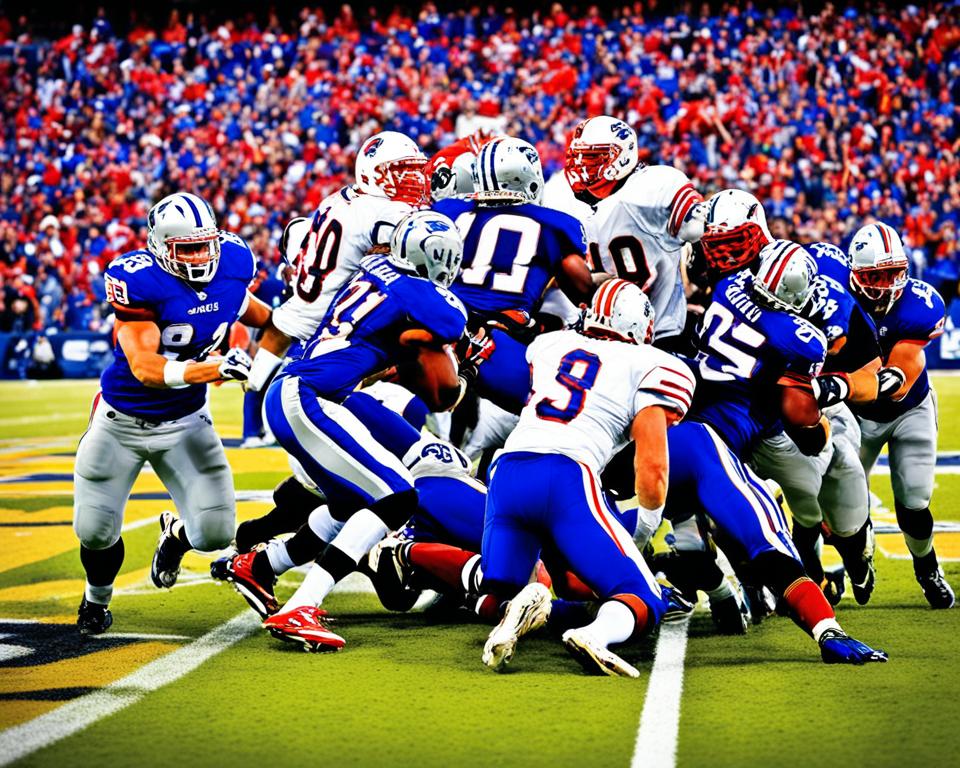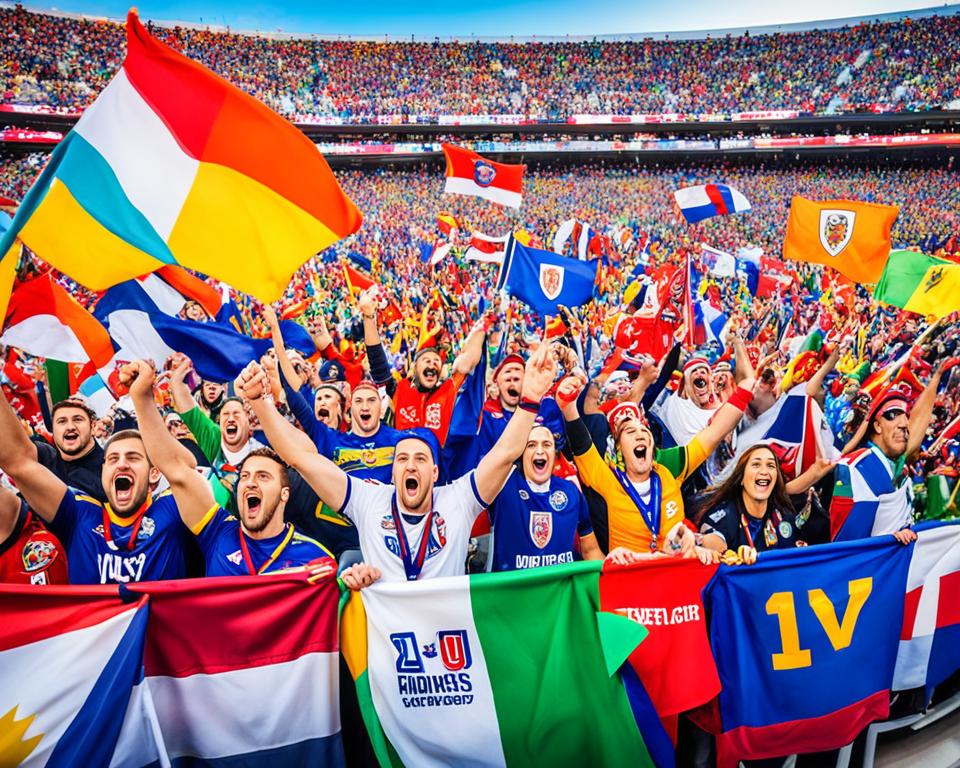Immersed in the heart of US sports culture, the influence of American sports leagues on both national pride and international admiration is undeniable. The battle for supremacy on courts, fields, and diamonds captures the essence of professional sports in the USA, fostering a sense of community and sports fandom that transcends borders. As we venture into the vibrant tapestry that these institutions weave, we uncover the profound legacy and thrilling present of the NBA, NFL, and MLB—the titans of the American sports scene.
The NBA encapsulates a global phenomenon, while the NFL champions the spirit of American perseverance. In the same breath, bujur888 MLB stands as a testament to traditional pastimes meeting the pulse of modern fandom. Each league, distinct in character and steeped in history, continues to shape and be shaped by the passionate voices of millions. Guided by sources like the Sports Business Journal, ESPN, and fan engagement studies, let’s lace up, huddle, and pitch into the world where athleticism and camaraderie collide in a spectacular display of competition and unity.
A Deep Dive into the NBA: The Pinnacle of Basketball
From its humble beginnings to becoming a global icon of sports entertainment, the National Basketball Association (NBA) has been pivotal in shaping basketball history. Let’s explore the remarkable journey of the NBA, shedding light on how it transcended its American roots and captivated a worldwide audience, solidifying itself as a crucible where basketball superstars are forged and legendary NBA finals are played.
The Rise of the NBA and Its Global Impact
The transformation of the NBA into a global phenomenon is a tale of strategic expansion and cultural integration. Through broadcasting deals, the NBA has reached homes in over 200 countries, bringing the thrill of NBA playoffs and the flair of top-tier basketball superstars to a global stage. This expansion has not only increased the league’s following but has also had a profound impact on basketball history, influencing how the game is played and perceived around the world.
Iconic NBA Teams and Their Influence on the Sport
- Los Angeles Lakers: Known for their dynastic runs in multiple decades, contributing immensely to NBA’s global appeal.
- Chicago Bulls: Catapulted into worldwide recognition in the 1990s, largely thanks to the meteoric rise of Michael Jordan.
- Boston Celtics: Their storied rivalries and record 17 NBA championships encapsulate the competitive spirit of the NBA.
Star Players Who Define the Game
It’s impossible to discuss the league’s impact without mentioning the key figures who have become more than just athletes; they are cultural icons. Michael Jordan, LeBron James, and Kobe Bryant are names that resonate beyond the boundaries of basketball superstars, each of them having played pivotal roles in pivotal NBA finals, further enriching the NBA’s storied legacy.
Such players have not only elevated their teams but have also been instrumental in driving international interest in the league, contributing significantly to its status as a premier sporting attraction worldwide. Their careers are celebrated chapters in basketball history, and they continue to inspire new generations of players and fans alike.
Exploring the NFL: America’s Game Beyond Touchdowns
The NFL’s reach into American culture extends far beyond the annual excitement of the Super Bowl. It embodies a rich tapestry woven with the storied threads of American football history, celebrated traditions, and an unwavering fan base. Delving deeper into the essence of the NFL reveals a league that has evolved significantly since its inception.
The NFL draft plays a pivotal role in shaping football teams, creating an atmosphere of anticipation and strategy each year. It’s not just about picking the best athlete; it’s about finding the right fit for a team’s specific style of play and culture, reflecting the complexity and depth of the league.
- The origins of the NFL date back to 1920, making it a cornerstone of American sports leagues.
- Each season, from the opening games to the Super Bowl, echoes the compelling progression of American football history.
- The influence of the NFL on American society is multidimensional, impacting economic, social, and cultural aspects.
As fans across the nation are captivated every fall, the NFL thrives not only as a sporting competition but also as a communal event that brings people together in celebration of their favorite football teams. The core of its appeal lies in its ability to continuously adapt and resonate with new generations of fans, keeping the spirit of American football alive and thriving.
Major Sports Leagues: Tradition Meets Modernity in MLB
The Major League Baseball (MLB) is not just a premier professional sports league in the United States; it’s also a living archive of America’s pastime. With a rich history that dates back to the 19th century, MLB has been both a guardian of tradition and a pioneer of innovation. The annual World Series, a titan among sporting events, remains a testament to the enduring allure of baseball, captivating millions as teams vie for championship glory. Yet, within the seams of the sport lies a story of evolution, where the timeless charm of baseball meets the cutting-edge developments transforming the game.
Baseball legends have become synonymous with American culture, their stories woven into the country’s narrative. Icons like Babe Ruth have become household names, shaping the sport with their remarkable prowess and charismatic personas. Jackie Robinson’s historic breaking of the color barrier transcends sports, highlighting baseball’s role in social progress. Furthermore, the MLB All-Star Game showcases the league’s ability to honor its finest players, combining the celebration of individual feats with the camaraderie of team spirit—connecting the past to the present.
Yet, the league is not one to rest on its laurels. Baseball innovation has kept the MLB adaptable to the times. From the introduction of instant replay for umpire decision reviews to the nuanced use of analytics to sharpen team strategies, technology has been embraced to enhance the game’s integrity and excitement. These advancements are not mere changes; they are carefully integrated chapters in baseball’s ongoing narrative. Through balancing its revered history with modern thrives for progress, MLB continues to offer fans a sport that is both timeless and contemporarily captivating.
